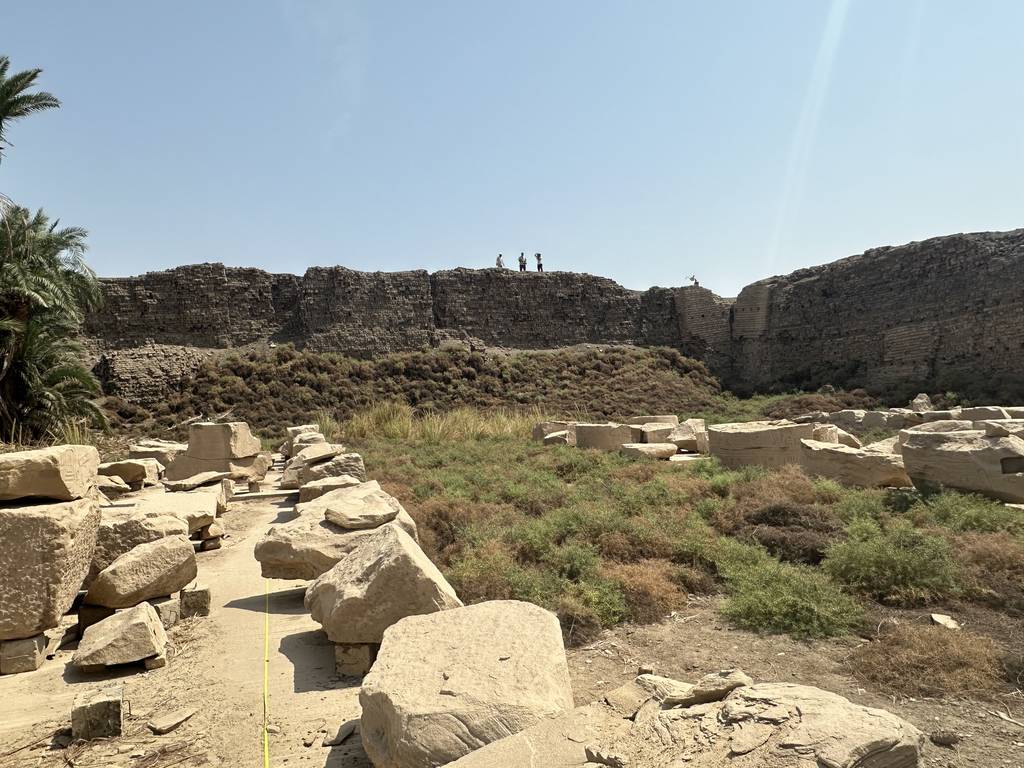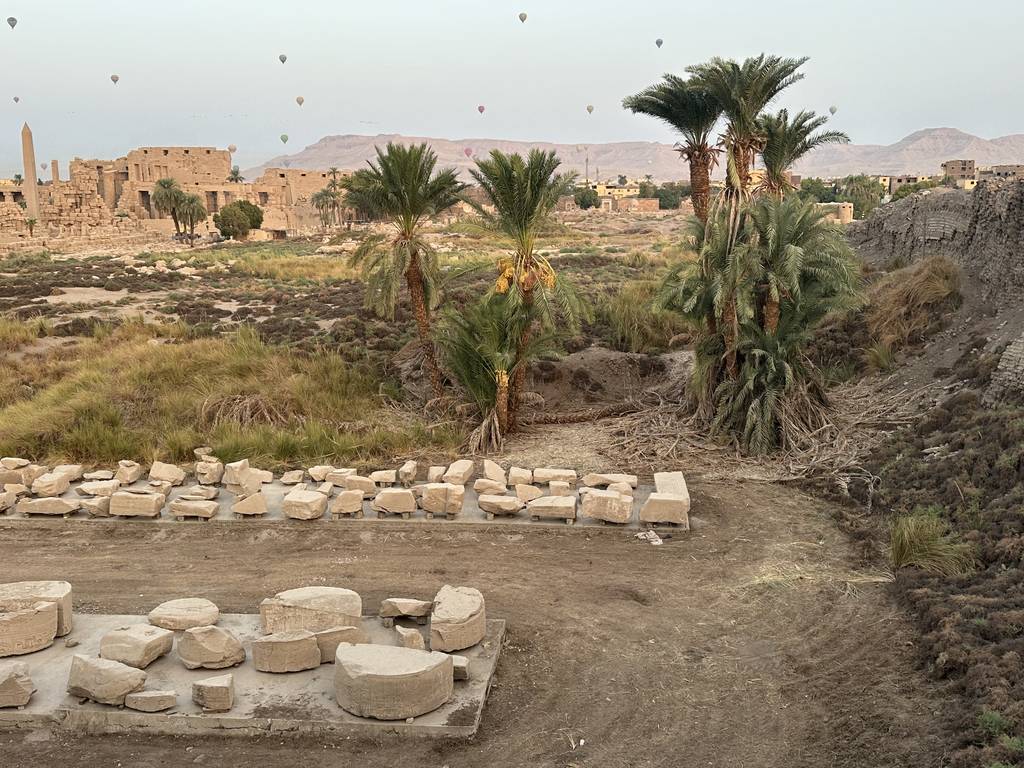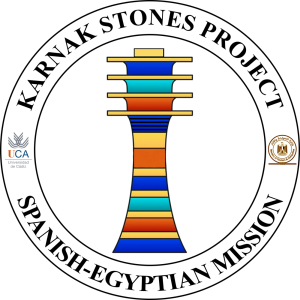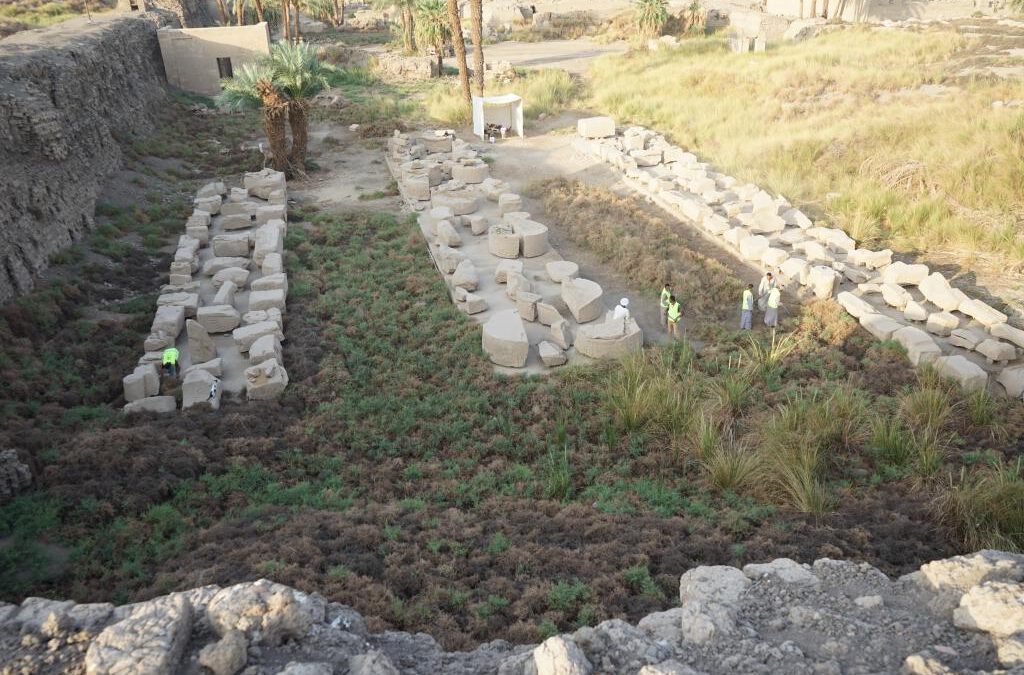Clearing invasive plants at the Karnak Temples was a critical step not only for maintaining the aesthetic beauty of the site but also for ensuring its long-term preservation. The process went far beyond mere landscaping, it was a key conservation effort aimed at protecting the structural integrity of the temple’s ancient stonework. Invasive species, such as Halfa grass, is considered a significant threat to the sandstone blocks that make up the temple.
While these plants may seem harmless at first glance, their roots can penetrate deep into the porous surface of the sandstone. Over time, these roots work their way into the stone, causing microfractures and contributing to the disintegration of the material. As the roots grow, they exert pressure on the stone, exacerbating cracks and accelerating decay, a process that can be devastating to delicate structures.
By carefully removing the vegetation, we were able to halt this destructive cycle. The removal not only prevented further mechanical damage caused by plant roots but also helped to reduce moisture retention around the stone blocks. Plants tend to trap moisture, creating a microenvironment where humidity can damage the surface, leading to the growth of salts and minerals that accelerate stone degradation. Without the invasive plants, the temple’s stonework remains more resilient to the
elements. This step also made the site more accessible for ongoing study and conservation work.
Clearing the vegetation provides a clearer view of the architectural details, helping researchers and conservators better understand the condition of the stone blocks. It also allows for easier access to perform essential maintenance, such as cleaning, material testing, and monitoring the health of the structure over time.



